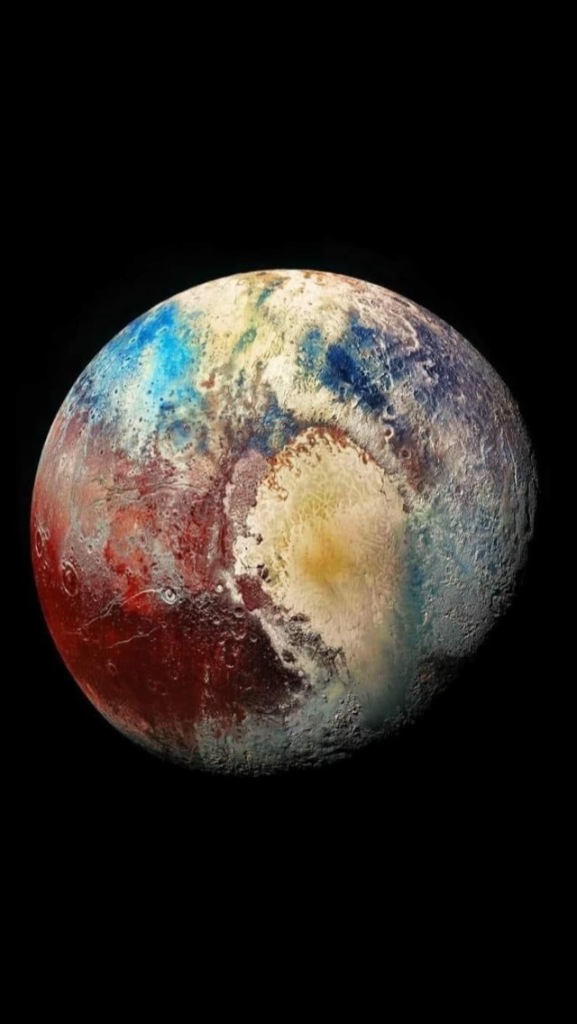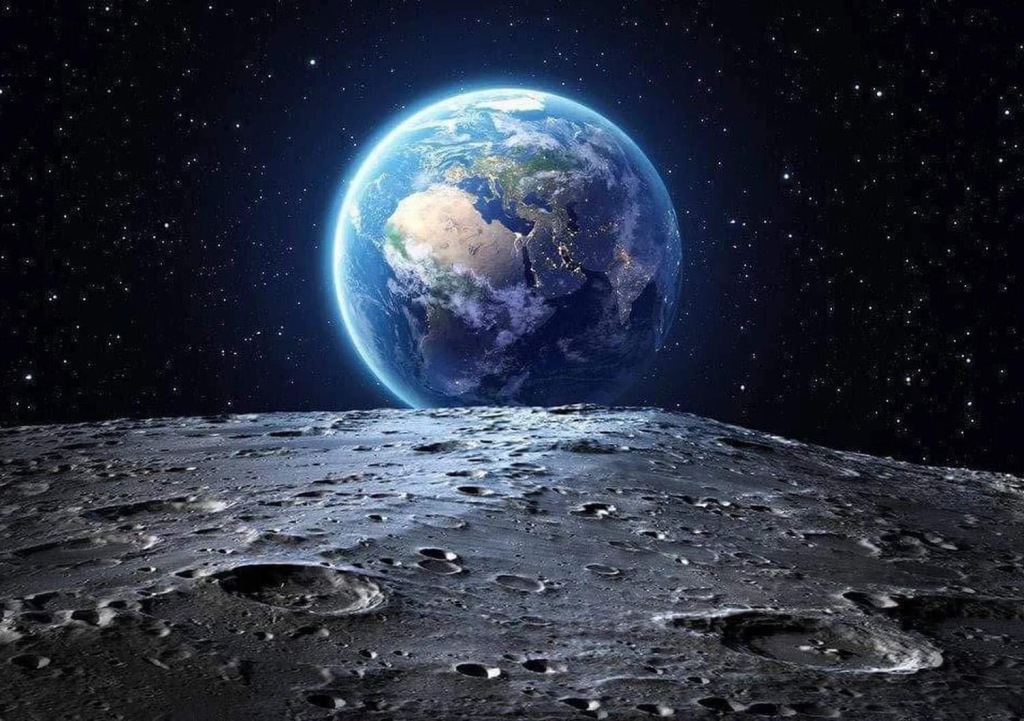by Phil Sawyer
I recently finished reading Under Alien Skies by Philip Plait. This is a fun and informative book. I think anybody who is an aspiring SF writer would find this an invaluable resource. Plait tells us of his love of science and astronomy and SF when he was a youngster. All of his life he has wondered “what would these astronomical objects look like up close?”
Our tour guide starts with the Moon. Plait tells us that even though the Moon is close to us he reminds us that “And yet, despite its being our next-door neighbor, it remains one of the most alien bodies to us there is.” Plait points out that the surface gravity of the Moon is 1/6th that of the Earth. As a tourist, you would best get around with “a sort of sliding shuffle” as the Apollo astronauts learned. The temperatures on the airless Moon are extreme: 250 degrees F at noon and -200 degrees F shortly before dawn. The tourist also must remember that a lunar “day” is almost a month on Earth. “That’s how much it takes the Moon to spin once on its axis, the definition of a day.” A further important goal of human exploration is searching for water in the form of ice on the bottom of craters. “Lunar tourism may be a big industry someday, but there will always be scientific exploration of the Moon, too.”
Next, we look at Mars. The “Curiosity” Rover has taken many photos of Mars that remind people of the Southwest: New Mexico and Arizona. We are reminded, though, that the atmosphere of Mars is “equivalent to being at an elevation roughly three times the height of Mt. Everest in Earth’s atmosphere. Breathing that isn’t really an option.” The temperatures are extreme.” If you want to enjoy a leisurely day in the Sun on Mars, you’ll very much want at least a pressure suit with a decent heater, if not a full-on spacesuit.” The tourist would also have to get used to the fact that the Martian sky isn’t blue but butterscotch or even ochre. And Mars also has two small moons of its own! The Martian tourist would also have to be aware of dust devils and even dust storms! The Martian tourist and explorer would have a lot to get used to!
Next our intrepid tourist leaves for the asteroid belt. We are reminded that many SF films “tend to portray the asteroid belt as a densely packed obstacle course, but in reality, even with something like a billion asteroids bigger than 100 yards across in the belt, there’s a lot of room out there, too. The area of the main belt is over 400 quadrillion square miles, just assuming it’s flat. If you then add the third dimension, considering that the orbits of many asteroids are tilted, you’re talking about septillions of cubic miles. Plenty of space to get lost in. On average, the nearest asteroid to you is so far away it won’t be visible by eye. “A space tourist or explorer would be well advised to have a rocket pack to get around on an asteroid due to the asteroid’s micro gravity.”
We are now on our way to beautiful Saturn and its rings. Since Saturn is a huge gas giant the best way to view it would be by balloon or gondola. Philip Plait also looks carefully at the gorgeous rings and the many mysterious moons orbiting Saturn. The author sums up Saturn: “It’s hard to imagine a planet more different from Earth than Saturn – huge, gorgeous, flattened. orbited by dozens of moons, and, of course, boasting those rings. Of all the places in the solar system, I think this is the tour I’d most like to take if I could.”
Now it’s on to Pluto. Cold, tiny, mysterious, at the Solar System’s edge. He reminds us of something I had never considered: the surface of Pluto is -380 F. To explore Pluto you would have to wear specially designed extremely thick boots with built in heaters and plenty of insulation. “Heck, half the ice around you would be gas back on Earth.” Remember how far away Pluto is. The New Horizons explorer was one of the fastest satellites ever launched, and it still took almost a decade to reach Pluto. One of the odder things is how big Charon appears in the sky: Charon is “just 750 miles wide but only 12,000 miles away from Pluto’s surface, Pluto’s largest moon appears 3.5 degrees across, or seven times wider than the full Moon from Earth.” Plait points out that Pluto is the last stop before the stars.

The nearest star is over a million times further away than Pluto. The succeeding chapters cover red dwarf stars, planets with two suns, globular clusters (he forgot to mention “Nightfall!”) nebulae, and black holes. On page 152 Plait points out that we don’t have faster than light travel yet and then writes “Or probably ever will, to be brutally honest; the laws of physics as we know them are pretty clear that FTL is a big no-no. Sure, maybe there is more to know about this, and maybe it is possible but everything we know up to now forbids it. But given that going to even the nearest star with current technology would take centuries, for the purposes of this book I’ll ease up on my science dork pedantry somewhat.” Arthur C. Clarke thought that a truly advanced technological civilization could reach 1/3rd the speed of light. We shall see!

I was overwhelmingly struck by how alien these vistas are and how hostile they are to us humans. We will have to be very careful but Mr. Plait and people like us think the risks are worth it! This is a marvelous book, and all of our Fellowship should read it! The wonders of the universe are slowly revealing themselves to us and are awaiting us!





